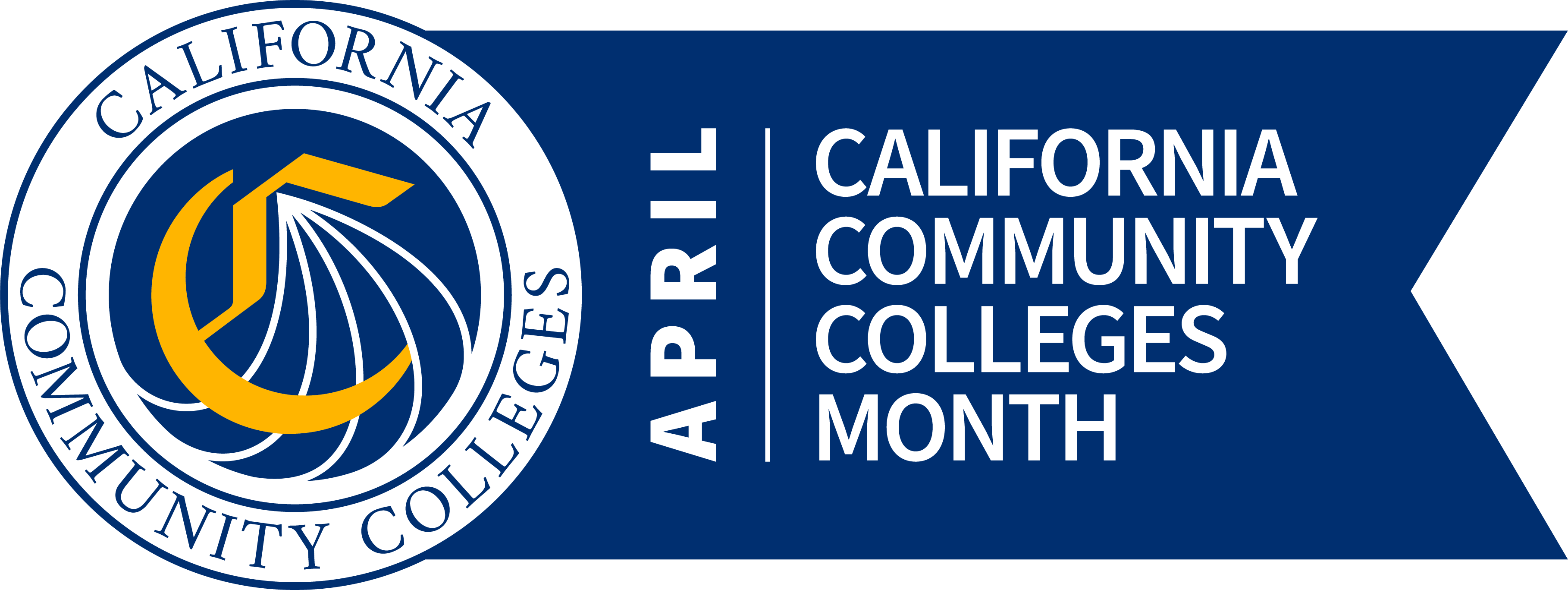A variety of information sources offer data to paint a comprehensive picture of how California's 116 community colleges are preparing students to succeed. Here, we highlight three primary information portals for researchers and also provide additional resources including technical documentation. More tools and resources about the California Community Colleges system are available in the additional resources section below, or on the Data for College Professionals web page.
Additional Resources
Taxonomy of Program (TOP) Information
- TOP Code Manual (Excel)
- TOP CIP Crosswalk (Excel)
Zip Codes by College
- This file provides the number of students by zip code at each California community college. Students included in this file are limited to those with student headcount status = A, B, C, or F (consistent with previous zip code by college files). Note that this is different from current Data Mart headcount definition (headcount status = A, B, C, E, F, G or H).
- This file provides the number of students by zip code at each California community college. Students included in this file are limited to those with headcount status = A, B, C, E, F, G or H (consistent with current Data Mart definition). Note that this is different from previous zip code by college files (which only included headcount status = A, B, C, or F).
Measuring Disproportionate Impact
Percentage Point Gap (PPG) Method (PDF)
Percentage Point Gap Minus One (PPG-1) Method
- 2022 PPG-1 Methodology Note Update (PDF)
- 2022 Applied PPG-1 Method to Further Examine Disproportionate Impact (PDF)
Wage Resources
Framework for Tracking Wages (PDF)
Salary Surfer Methodology (PDF)
Department of Finance Inflation Indices
Data Mart Resources
System Wage Tracker Methodology (PDF)
College Wage Tracker Methodology (PDF)
Difference between System and College Data Mart Wage Tracker (PDF)

